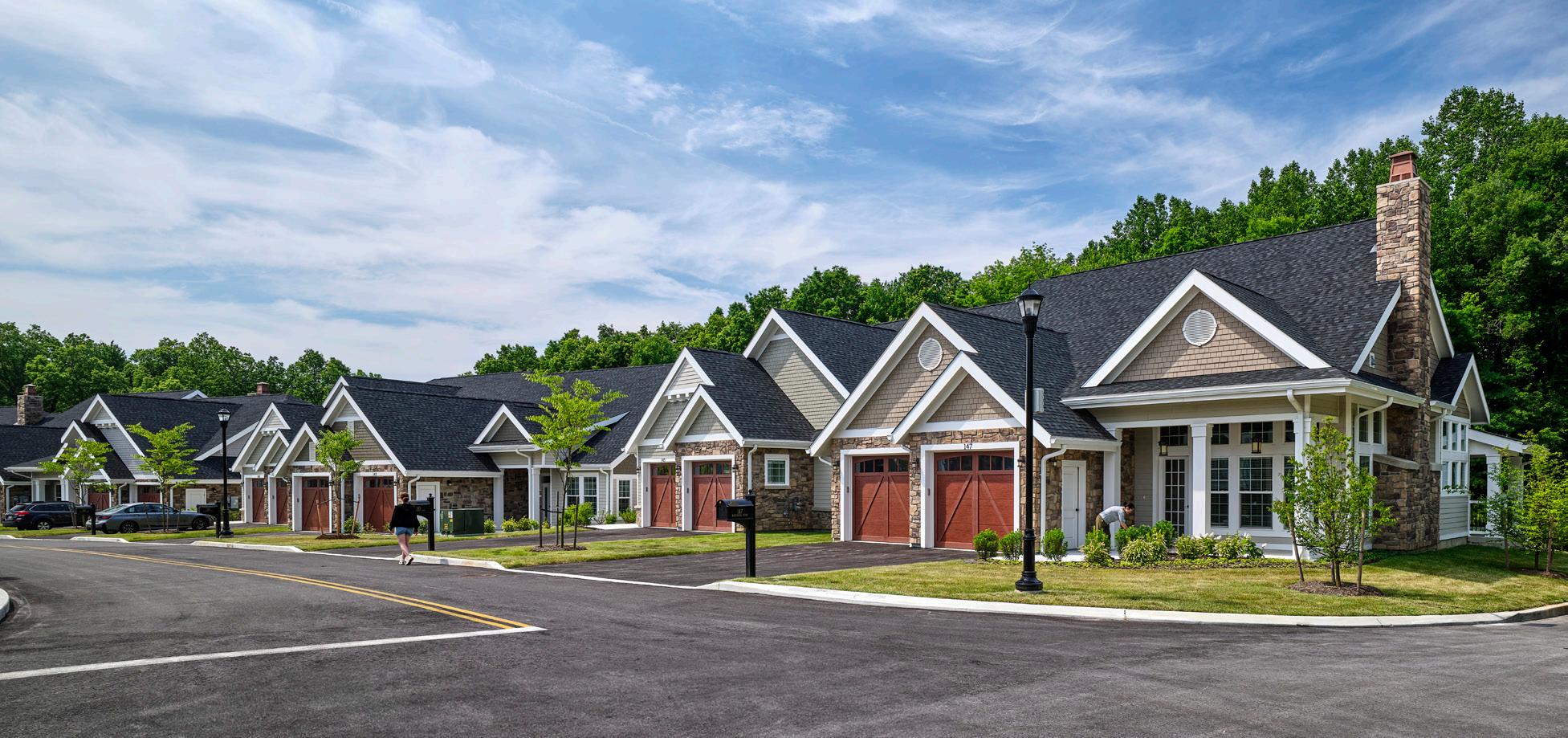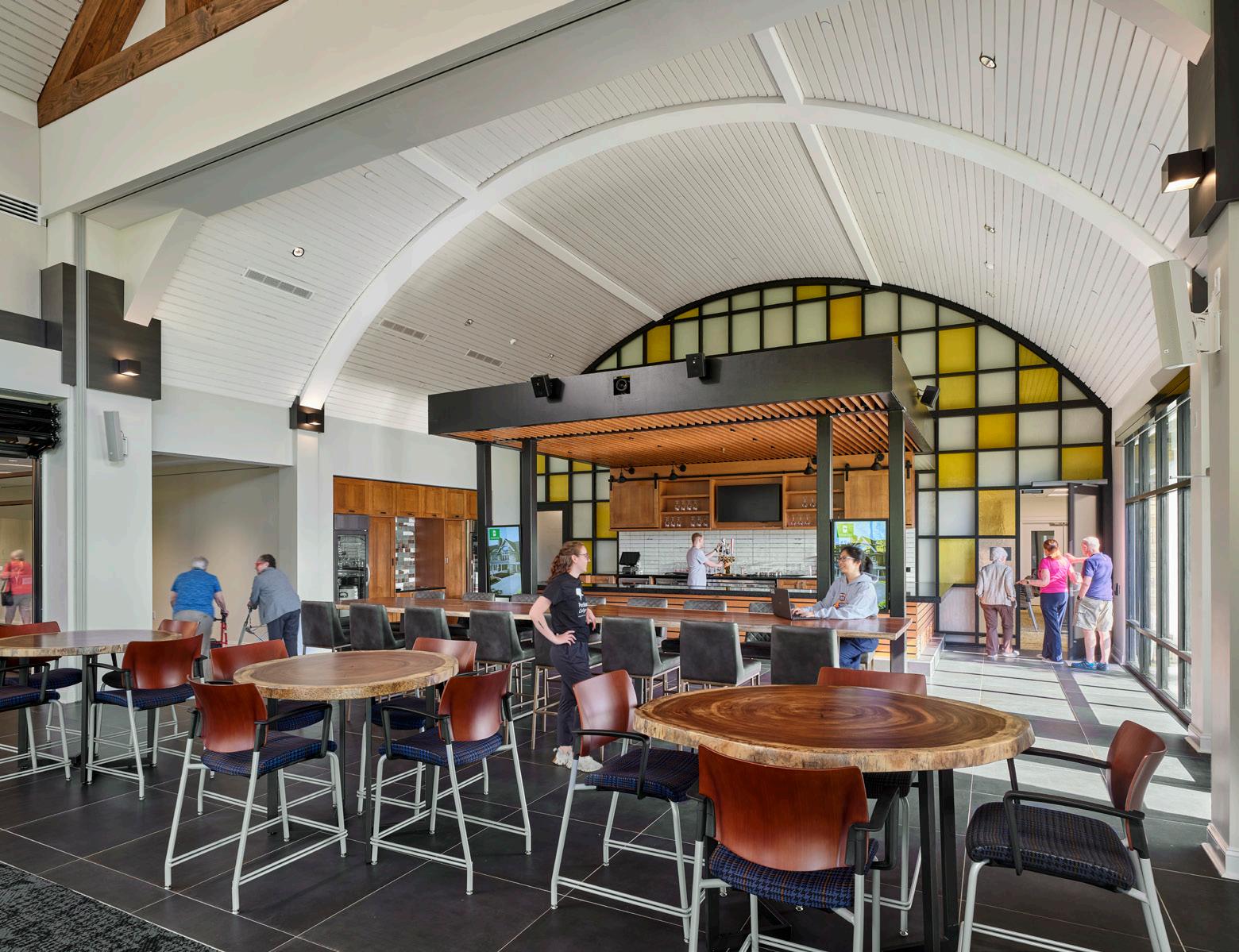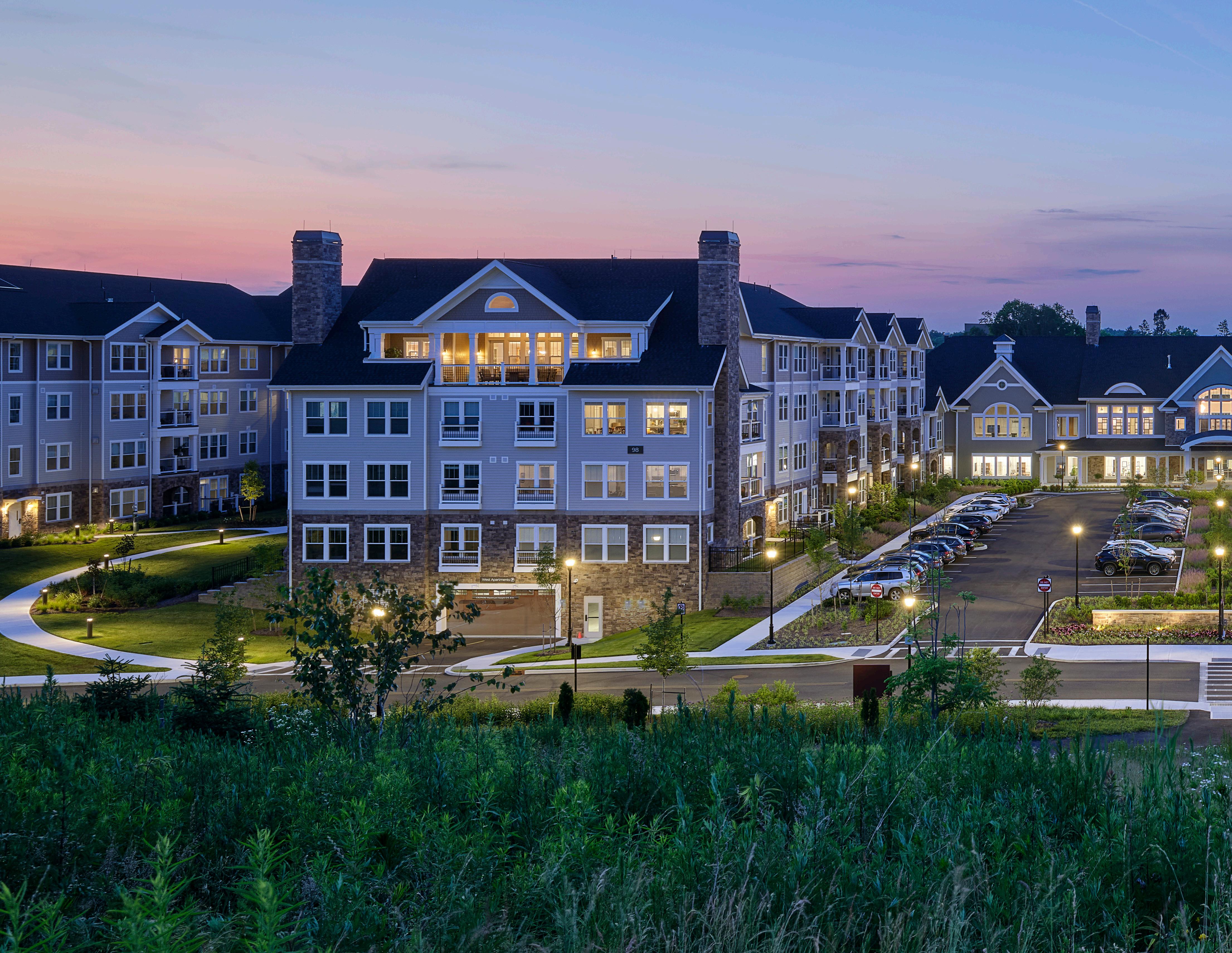
University
Affiliated Retirement Communities, or UARCs, are typically Life Plan communities for older, active adults who are attracted by the opportunity of enjoying stress-free living, life-long learning, and intergenerational opportunities.

What is a Life Plan Community?
Life Plan Communities are for adults ages 65 and over, offer a variety of housing options like villas, apartments, and townhomes, are amenity-rich, and offer on-site healthcare that may include assisted living, memory care, rehabilitation, and skilled nursing. Residents move in to a Life Plan community to enjoy worry-free living without the hassle of home ownership. In addition, residents gain reassurance knowing that, should their physical or mental health change, they have the care they need conveniently located within their community.
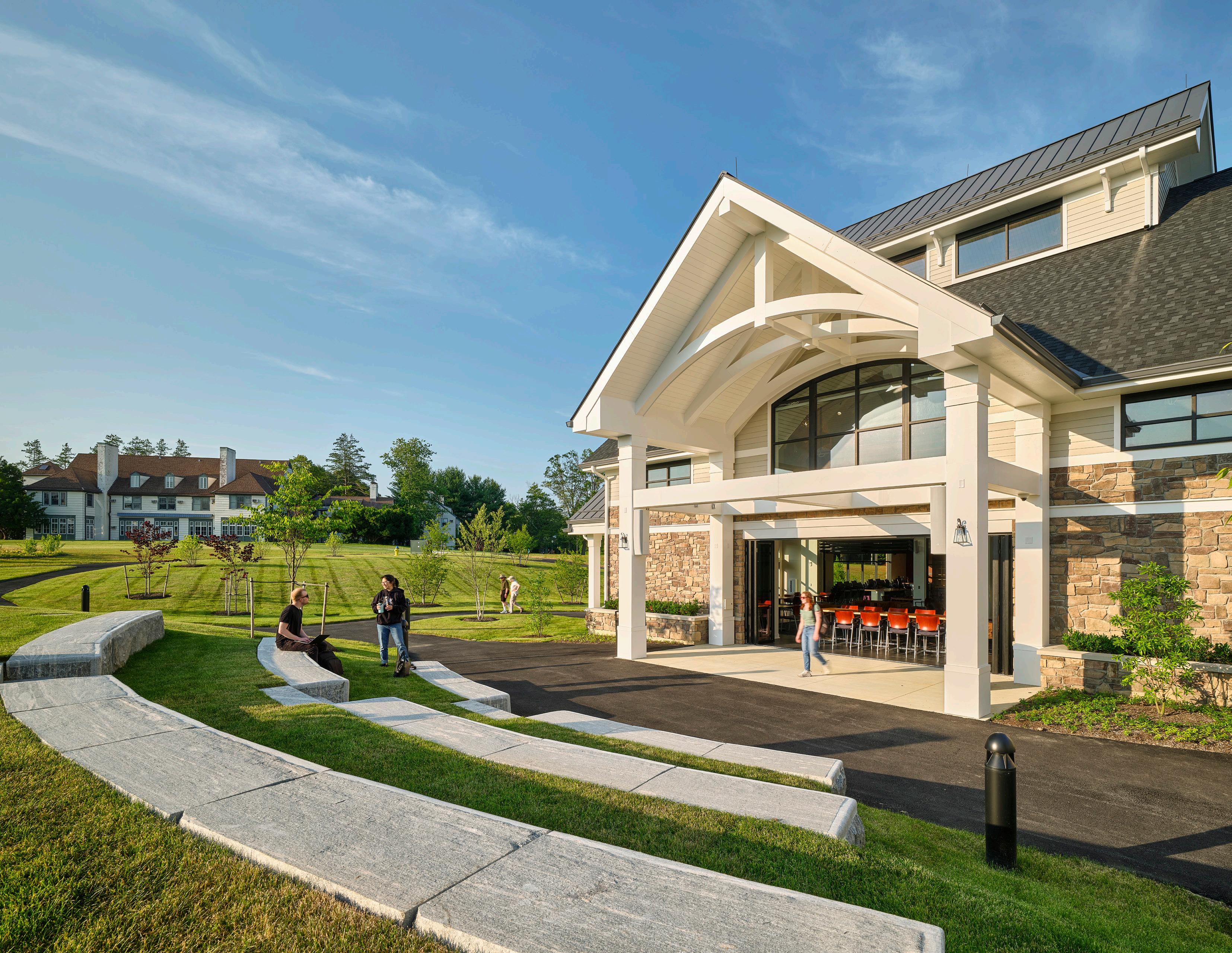

Benefits for the Residents & Students
Residents gravitate towards UARCs because the idea of lifelong learning, intergenerational interaction with students and faculty, and participation in on-campus activities are appealing. Students benefit from the student employment, internships, and health care collaborations with the Life Plan community.


Intergenerational Living and Learning
• Cafe and dining venues for shared socialization
• Fitness center with student-run programming
• “Makers’ Space” for inter-generational creativity
• Shared outdoor recreation and entertainment spaces
• Resident-driven student mentorship programming

Benefits for the College or University
There are financial benefits to considering a UARC. Additional revenue for the university can be generated by:
• Revenue from land lease to UARC entity
• Increased enrollment in Aging Services related majors (Management, Administration, Nursing, Allied Health)
• Creation of practical experience venue
• Resident participation in academic programming
• Increased access to Estate Planning charitable donations
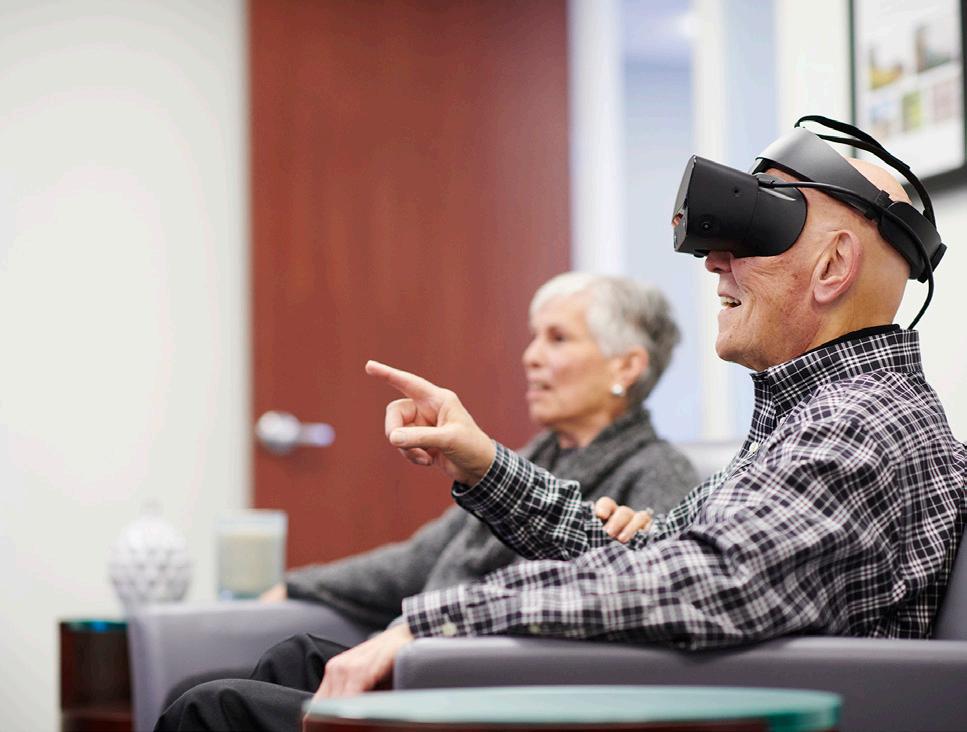
Other Benefits for the School:
• Ownership structure allows for the senior community to be a separate entity from the University, i.e., the assets, liabilities and financial operations of the community are not included on the university’s financial statements.
• The entity that owns the community is set up by the University and, like the school, is a 501(c)(3) not for profit organization.
• The 501(c)(3) sponsor entity can access the public tax-exempt bond market for construction and permanent financing, usually with little to no long-term equity remaining in the project.



